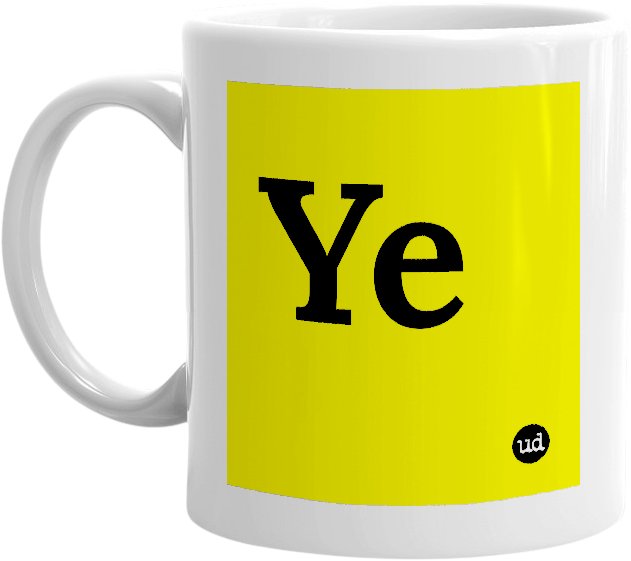You don’t have to go far in England, particularly in the south, to find somewhere selling over-priced tea and scones to middle-aged folk attempting to recapture a mythical time when England was supposedly all villages, cricket and thatched roofs. Chances are that the establishment will have a mock-Tudor frontage, a large bay window and a sign over the door that says something like: ‘Ye Olde Tea Shoppe’. This ye has a fascinating story that brings in ancient alphabets and the infancy of printing. (Note that it’s not the same word as ye, meaning ‘you’. Perhaps we’ll deal with that another day.)
Alphabets, like languages, have evolved in families, new branches in the family tree appearing along the way. The Phoenician alphabet developed into the Archaic Greek, Old Hebrew and Aramaic alphabets. The Greek branch eventually produced the Latin alphabet, which in turn had another offshoot, known as Futhark, or Futhorc in England, so named for the first six letters of the alphabet. (These letters are also known as ‘runes’ and this alphabet is sometimes called the Runic alphabet.) The third letter, þ, standing for the sound /θ/ (as in ‘thin’), was called ‘thorn’. When Christianity and the Latin alphabet arrived in the 8th century, this letter was retained, as the Romans didn’t have the sound (which, incidentally, is why we spell ‘Thomas’ with ‘Th’ but pronounce it as if it were spelled with ‘T’).
So, for a while, thorn existed alongside other Latin letters in England. Gradually, however, hand-writing developed in a way which meant that thorn and the letter ‘y’ came to be written in a similar way, particularly in the south. Also, during the Middle English period, French scribes introduced the ‘th’ convention to represent the sound.
Enter William Caxton, who printed the first book in English in 1474. His typesetters and typefaces came from the continent, so he didn’t have the letter thorn available. He substituted the next best thing, the letter ‘y’, as well as using ‘th’. Note, though, that it was still pronounced ‘the’, not ‘ye’.
The introduction of printing, then, sounded the death knell for thorn in England and eventually the ‘th’ convention became more and more widespread. You can still find thorn, though, alive and well in Icelandic.

